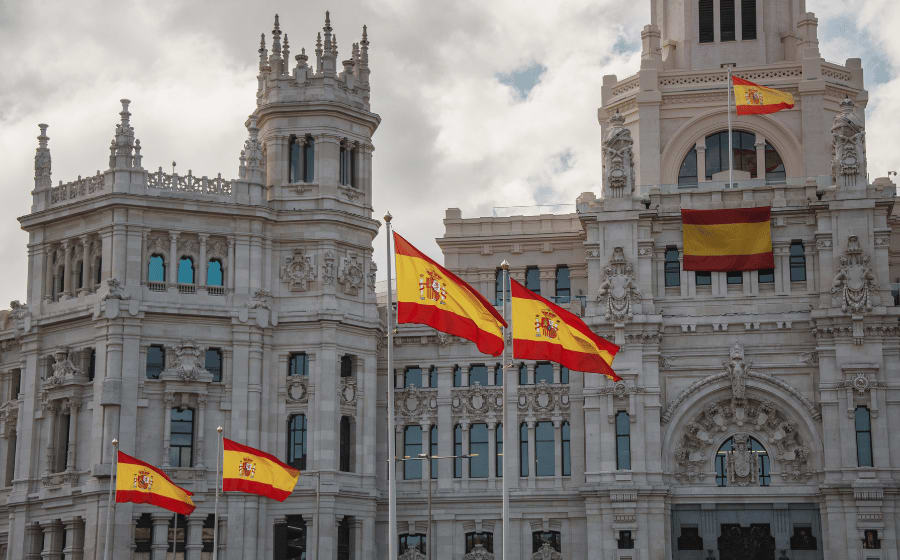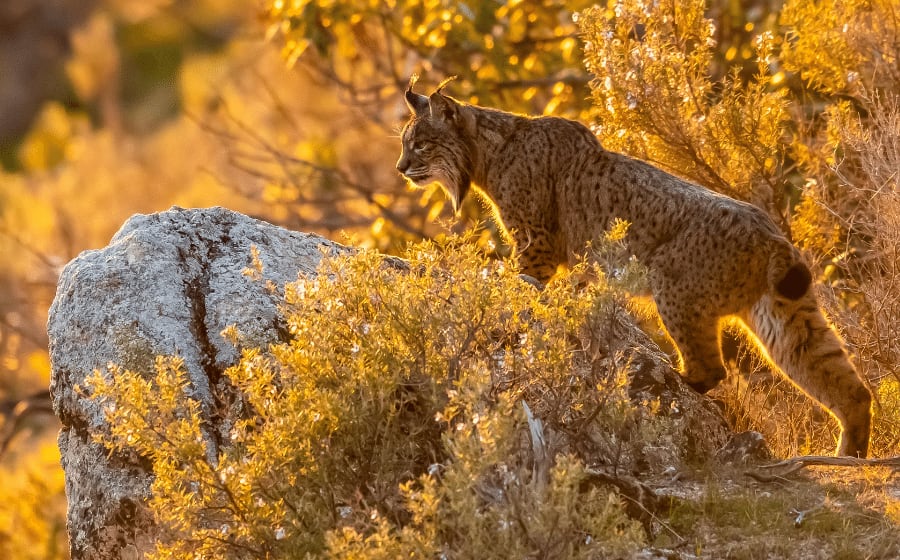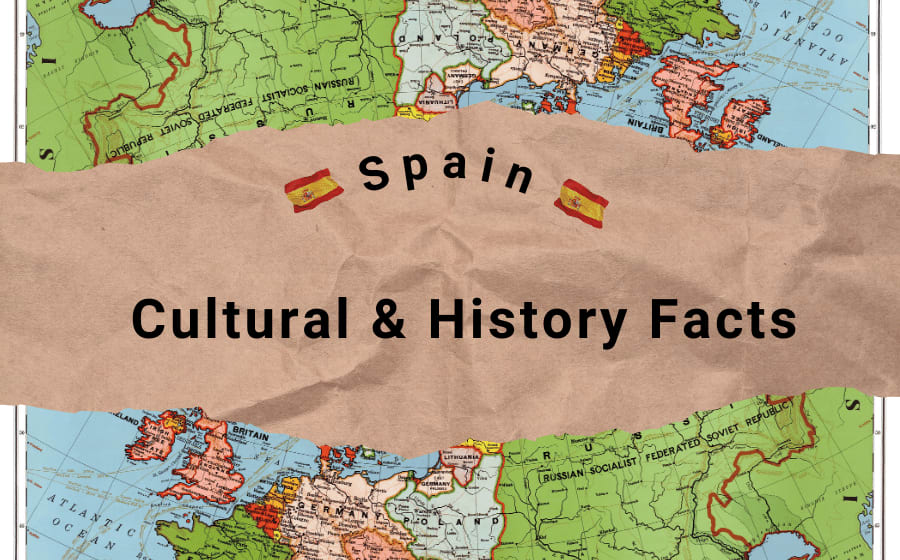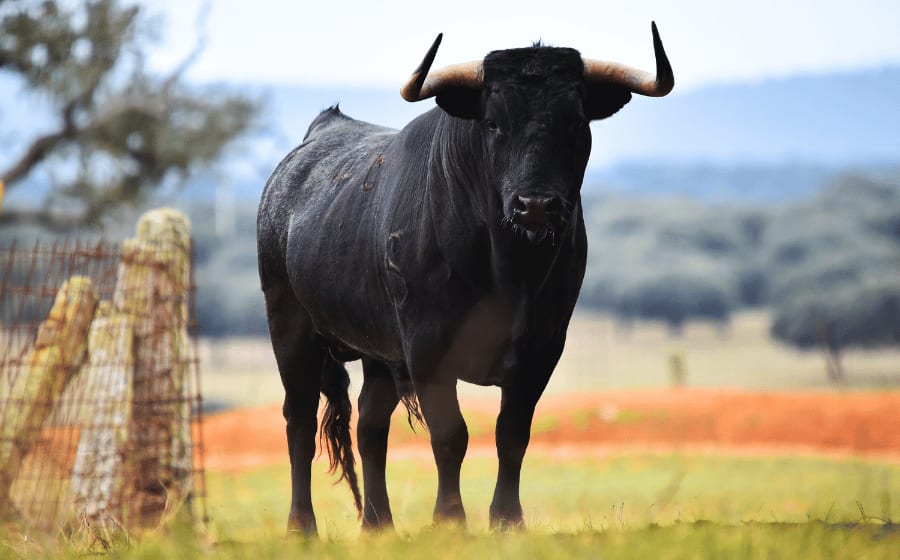National Bird of Spain: The Imperial Eagle (23 Beautiful Images!)
January 19, 2023
Win a FREE Trip to Spain!
Exciting Announcement! For the first time, we're thrilled to offer exclusive trips to the heart of Spain - an experience like no other. This isn't your typical tourist journey; it's a unique opportunity to immerse yourself in authentic Spanish culture, alongside real locals and our passionate team.
But there's more! Simply by requesting information about this amazing trip, you'll be entered into a special draw to win a Fully Paid Trip to Spain for Two. And that's not all - everyone who inquires will receive an exclusive bonus gift, valued at $500, available only now.
Ready to Discover the Real Spain?Click Here ↑ to Request Information & Enter the Draw!
None. Despite everything you’ve heard somewhere else, Spain does not have a National Bird.
But, a unique eagle has taken over Spaniard’s hearts to the point that people assumed it was, in fact, the National Bird of Spain. Let me describe it for you!
Have you ever watched the movie “The Proposal,” where an Eagle grabs Sandra Bullock’s dog while she’s talking over the phone? Well, this is kind of the impression that people get off this animal after watching this majestic bird in real life.
But, if you don’t want to end like the dog, you better run because this Eagle is a giant! Don’t worry, though. The Imperial Eagle is difficult to find. Still, I’ll show you the best places to see and what the “National Bird of Spain” looks like.
What is the National Bird of Spain?
Spain does not currently have an official national bird. Yet, the leading candidate to be elected national bird of Spain is the Iberian Imperial Eagle. This bird symbolizes Spain since it is usually found on the Iberian Peninsula and represents strength and perseverance. Its fame has made it renowned as the national and main bird with which Spaniards usually feel identified.
And what does it look like? Before I show you the most amazing shots of the Iberian Imperial Eagle, let me describe it. It has a dark brown plumage compared to the lighter-colored Golden Eagle. In the upper part of the wing, the color changes to white clearly.
As for the measurements, its height ranges around 75-80 cm, and the wingspan is up to 2 meters. It lives from 30 to 40 years and is endowed with formidable talons, so it is a spectacle when it flies and launches itself on its prey.
The Iberian Imperial Eagle diet is primarily based on rabbits. It also hunts foxes and other birds in flight. As for breeding, it usually makes huge nests up to 2 meters in diameter and lays 3-4 eggs. In the end, the strongest one survives.
Also, the bird eats a great diversity of birds, such as geese, coots, mallards, wood pigeons, magpies, reptiles, fish, and even carrion. To learn more about the animals found in Spain, visit the following articles:
Exploring the Spanish Wildlife and Its 11 Emblematic Animals
It lives in the mountainous and Mediterranean forest areas in the Southwest of the Iberian Peninsula, where scrublands, pastures, and streams intermingle to have large trees for nesting.
Best Places to See the National Bird of Spain
The Imperial Eagle has many breeding pairs in Andalusia, Extremadura, Avila, and Castilla La Mancha. It lives mainly in the Central System, Montes de Toledo, Extremadura in Monfragüe mountains, and Llanos de Trujillo; in the Alcántara reservoir, Coria and Tierra de Barros mountains; in Almadén-Guadiana mountains, Sierra Madrona, Sierra Morena, Doñana, Marismas del Guadalquivir and Laguna de la Janda, in Cádiz.
But suppose you actually want to go and see it for yourself. In that case, the Imperial Eagle can be seen from the high part of the Andújar mountain range or in Sierra Morena.
Both are where the largest number of imperial eagles in Andalusia live. The bird is often hidden and nestled in a tree, so I would say these places are some of the best spots to try your luck and see if you can observe the majestic Iberian Eagle!
Also, you can visit The Sierra Oeste de Madrid. It is home to many Imperial Eagles in the community, and you can go on an ecotourism route to try to observe it. If you’re a bird hunter, this would be a fascinating experience.
Although I must say, photographing the Imperial Eagle is not an easy job. It requires knowledge of its perches and behavior.
Also, this species is known for being very jealous of its privacy, so it does not tolerate human presence or abrupt noises. However, it is possible. It is an exciting experience and fun activity to do if you like to be in the wild and get lost in nature.
Most importantly, wherever you’re going, remember that respecting the species’ environment is essential to save this beautiful bird from extinction.
And if you want to learn more information regarding this bird. You can visit Casa del Aguila Imperial. It is a thematic center created as a complementary infrastructure for learning about the Imperial Eagle and the Sierra Norte de Guadarrama Natural Park.
It is located in the old San Miguel Church on the outskirts of Pedraza, a town in Segovia. Nowadays, it is temporarily closed but make sure to visit their webpage to know their working hours.
Is the Spanish Imperial Eagle endangered?
Unfortunately, the Spanish Imperial Eagle is in danger of extinction, although some conservation programs exist for this species. It is estimated that there are about 350 breeding pairs in Spain and only 10 in Portugal.
The most critical threats to this species are those related to man, like hunting, power lines, pesticides, poisons, deterioration of their wooded habitat, and the deterioration of the rabbit population, their primary food source. These are so important to the point of weakening or disappearing the eagle colonies if the rabbit disappears.
Fortunately, there are programs for conservating these species linked to preserving their habitat, the rabbit population, the control of hunting, and the marking of power lines as the main areas of action.
Several agencies in Spain and Portugal have joined forces to protect these majestic eagles and increase their population.
Other National Symbols
Spain has other important National Symbols you should know (and these are 100% official). For example, we hold the Spanish Bull as our national animal and an important cultural symbol because of Bullfighting, a cultural activity widely followed by tradition throughout the country. If you want to learn why read the following articles:
What Is Bullfighting? Origin, Purpose, and Top Festivities in Spain
Like the Bull, a few other animals have won the popular vote as the most representative animals of Spain. Most are “wild,” but each is special with its own characteristics and peculiarities. (Read more)
The national flower of Spain is the red carnation. And, curiously, in the “San Isidro” festivities, women wear a carnation because it is a flower that represents the love and passion they can share for the life of their partners.
If you are ever in Madrid for San Isidro and don’t know which carnation to buy, here you’ll find the meaning behind each of them: (Read more)
Before we end the list, let me clear out some doubts since I’ve heard some questions regarding the coat of arms and this bird. The Imperial Eagle is not on the coat of arms. Still, a section of the shield has an animal, a crowned lion, since it represents the Kingdom of León.
The coat of arms features the Spanish royal crown at the top and the Pillars of Hercules, meaning the Strait of Gibraltar separating Spain from Morocco.
This article about the State National Symbols of Spain will give you a complete insight into the 3 most important symbols of Spain. Take a look at it:
23 Best images of the National Bird of Spain
The plumage of the eastern imperial Eagle is beautiful. As I mentioned, it is dark brown with white spots, the tip of the tail is black, and the nape of the neck has a golden hue.
A curious thing is that they have feathers on their legs, which end in powerful hooked talons that allow them to hunt in flight.
People say that the most beautiful thing you can see in the skies of the Iberian Peninsula is the majestic and fascinating silhouette of the Iberian Imperial Eagle. See it for yourself!

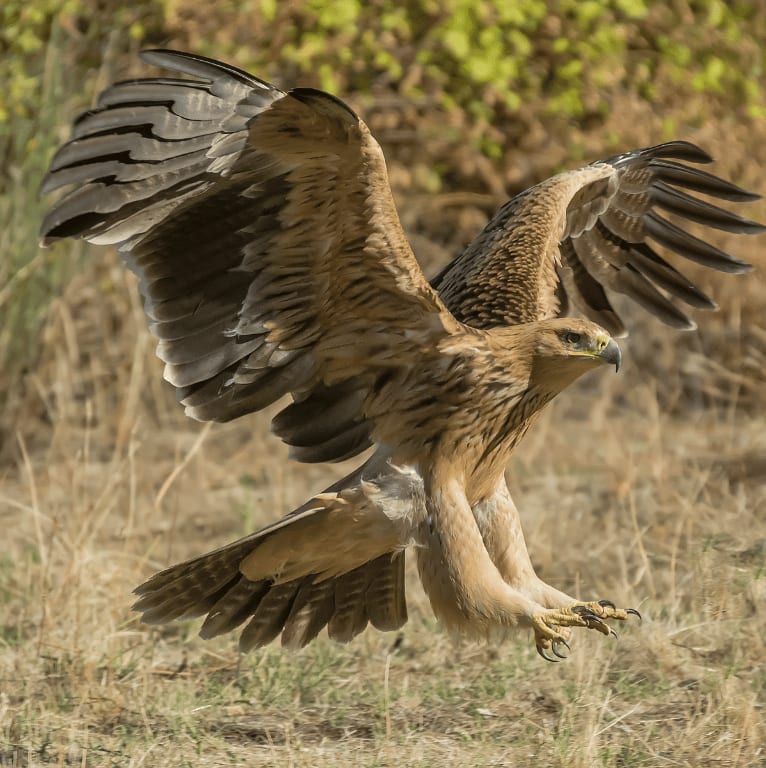
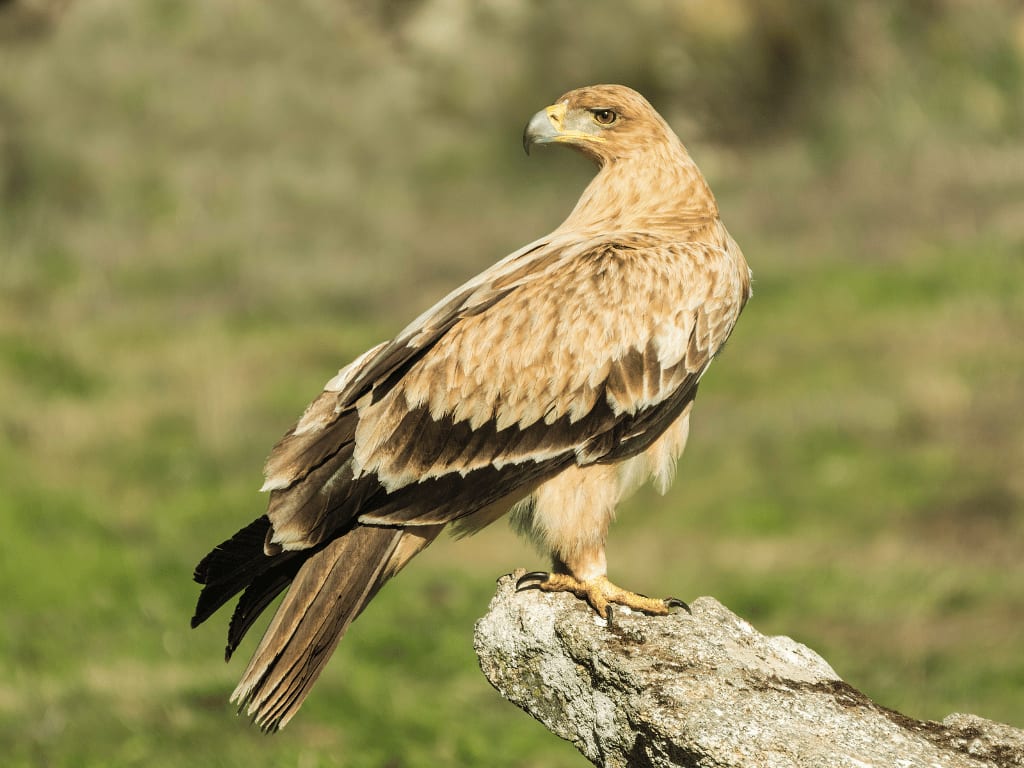
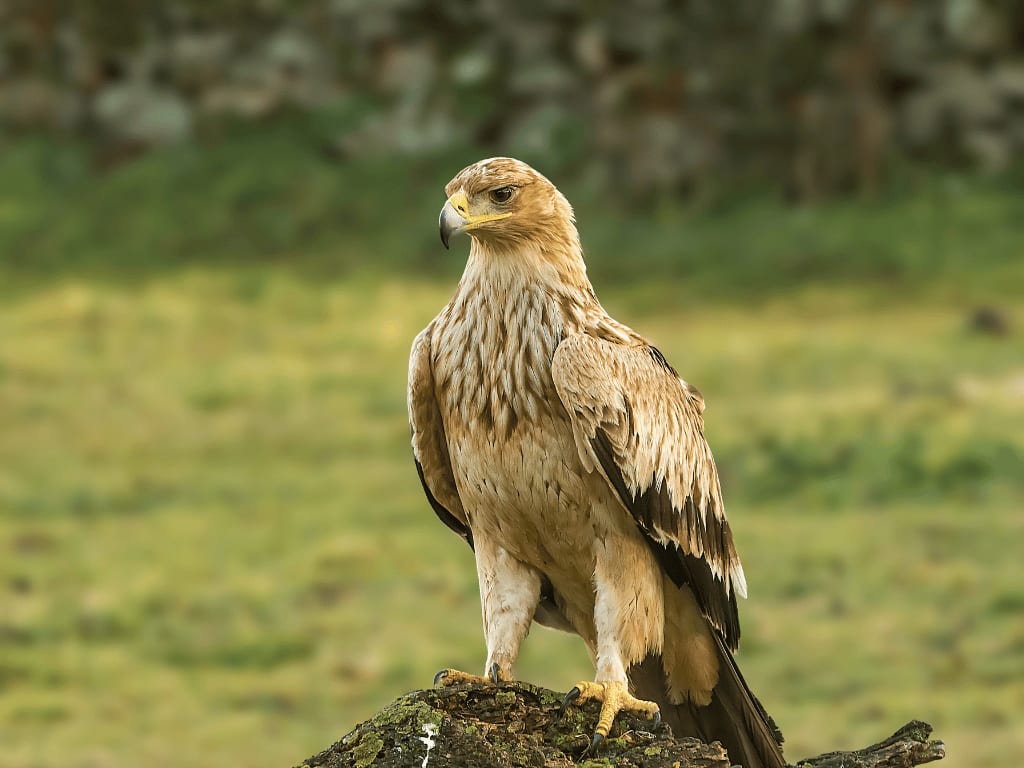
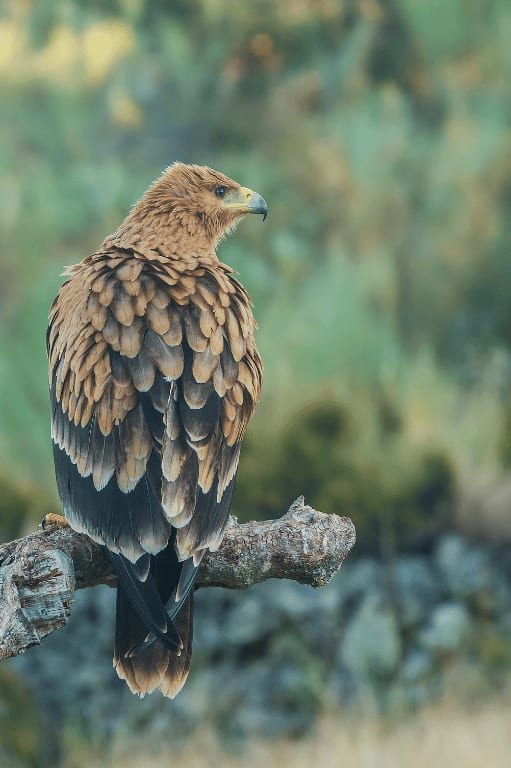

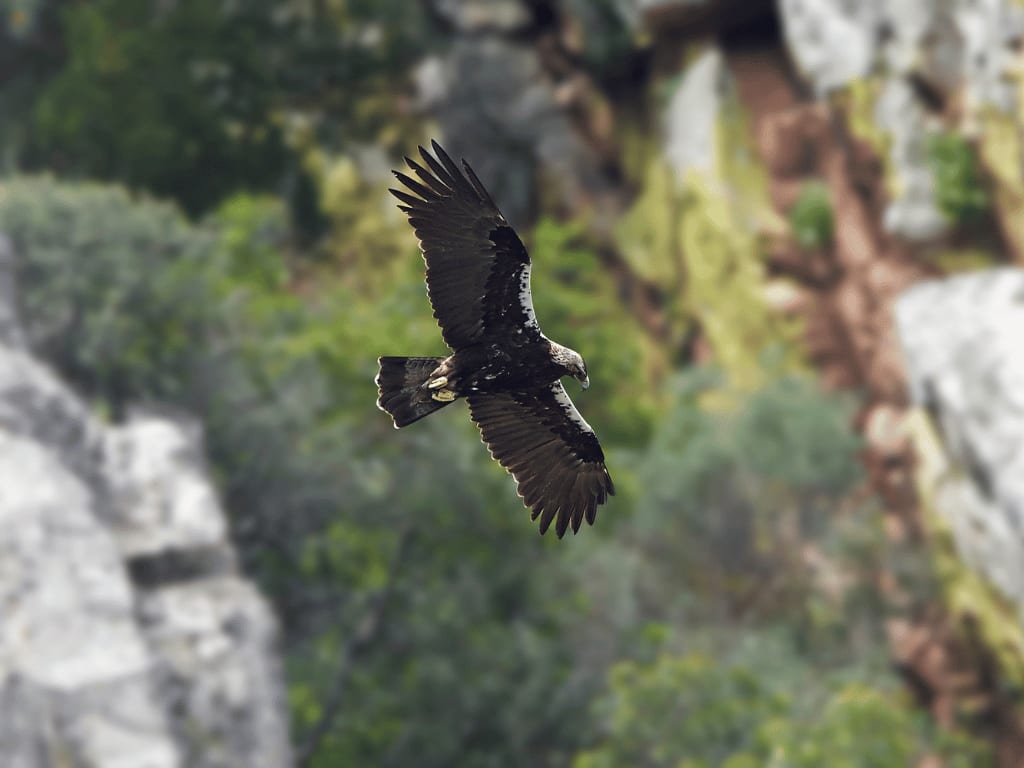
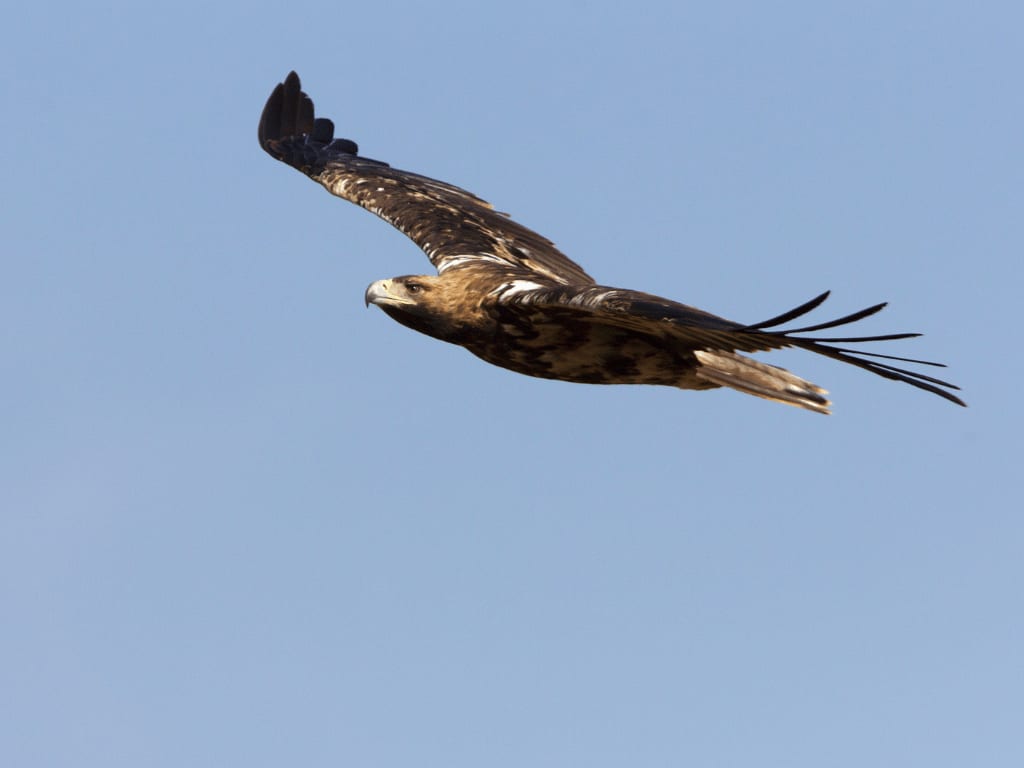
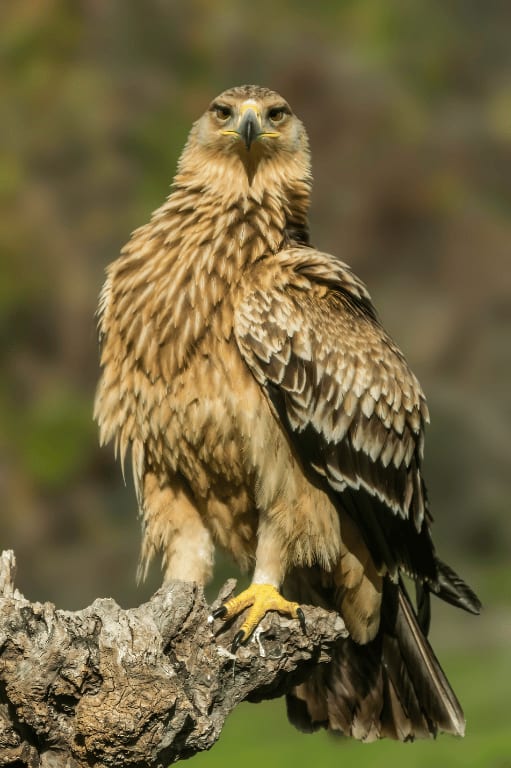
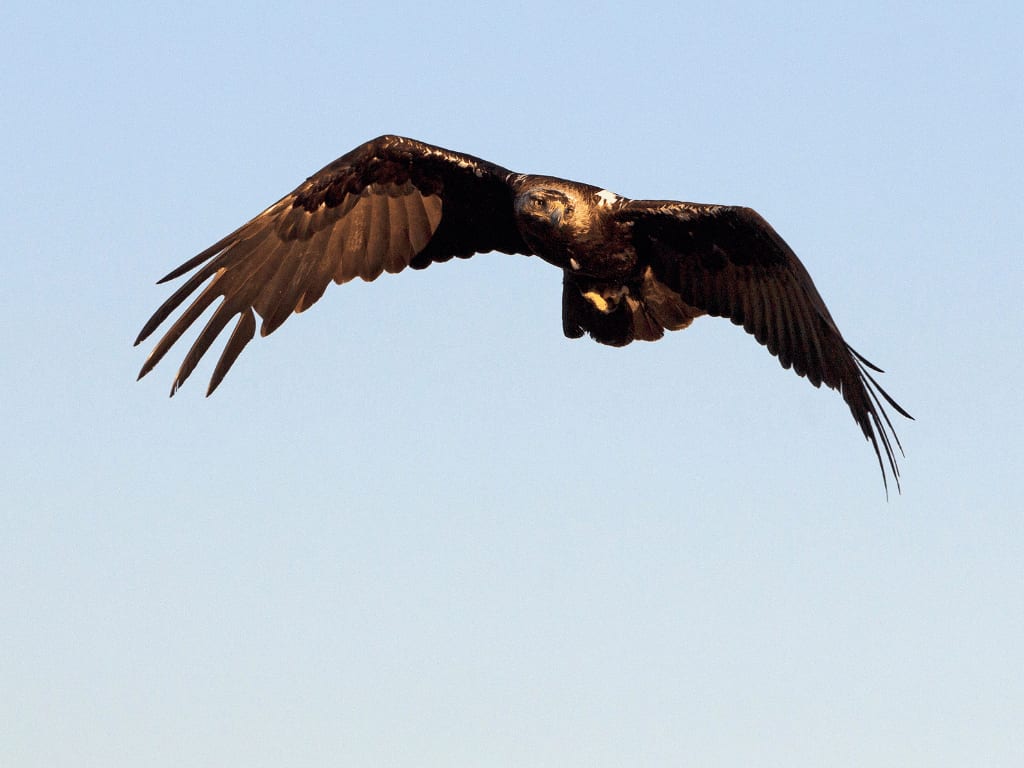

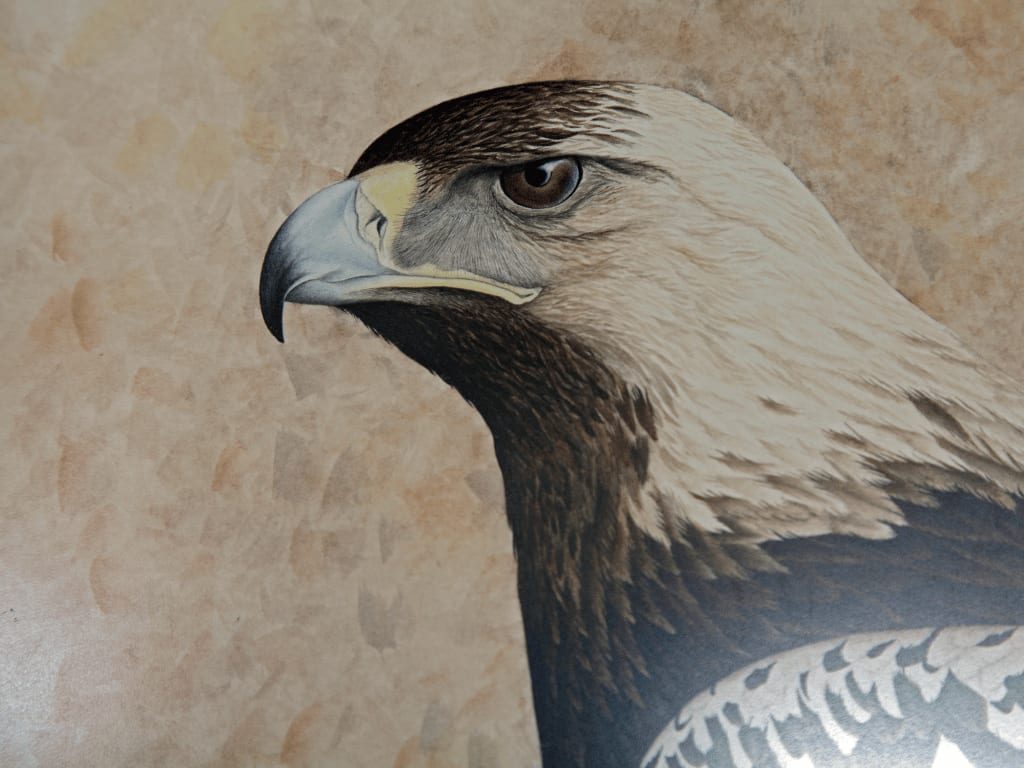
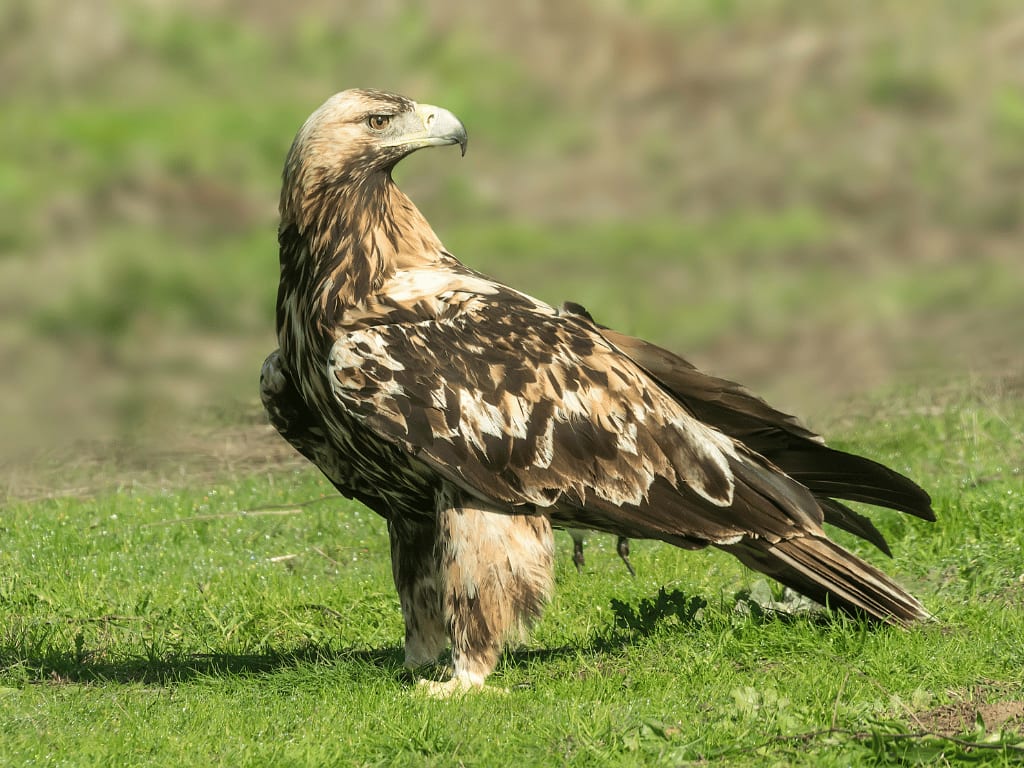

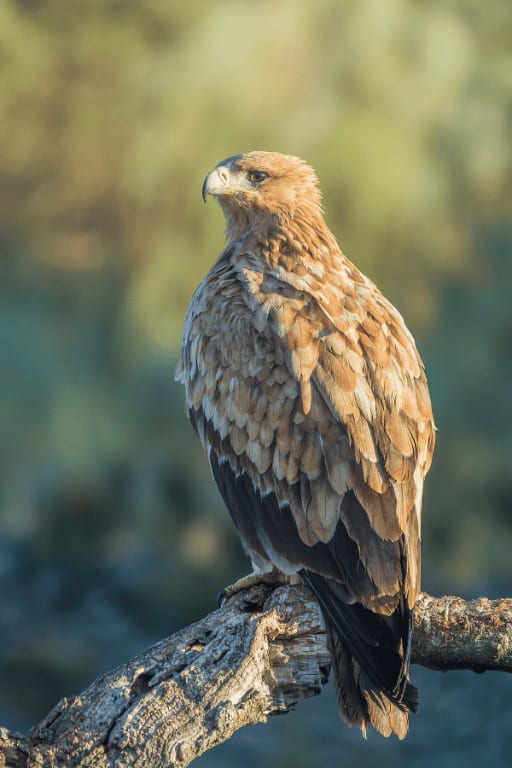
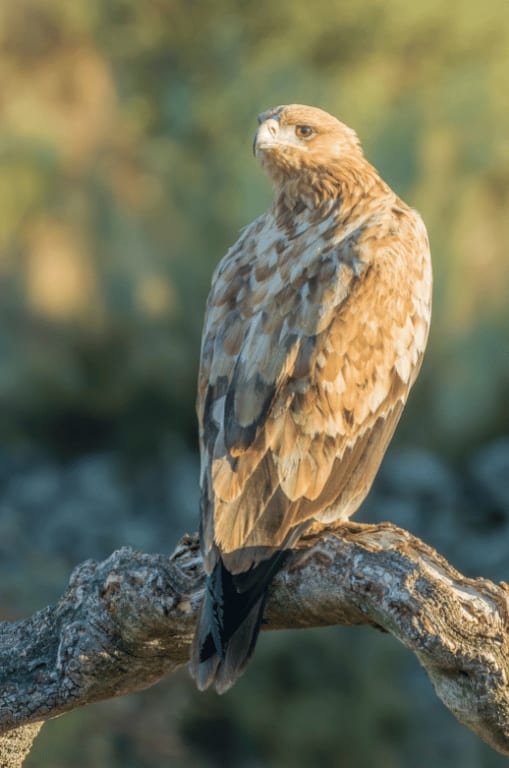
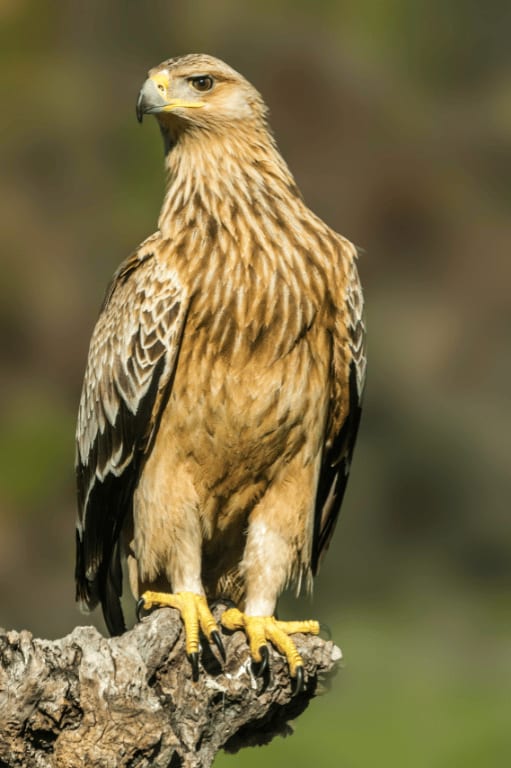
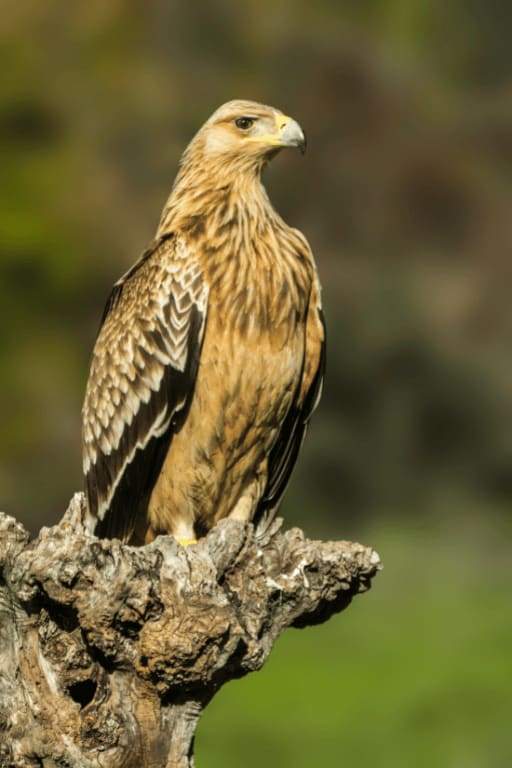
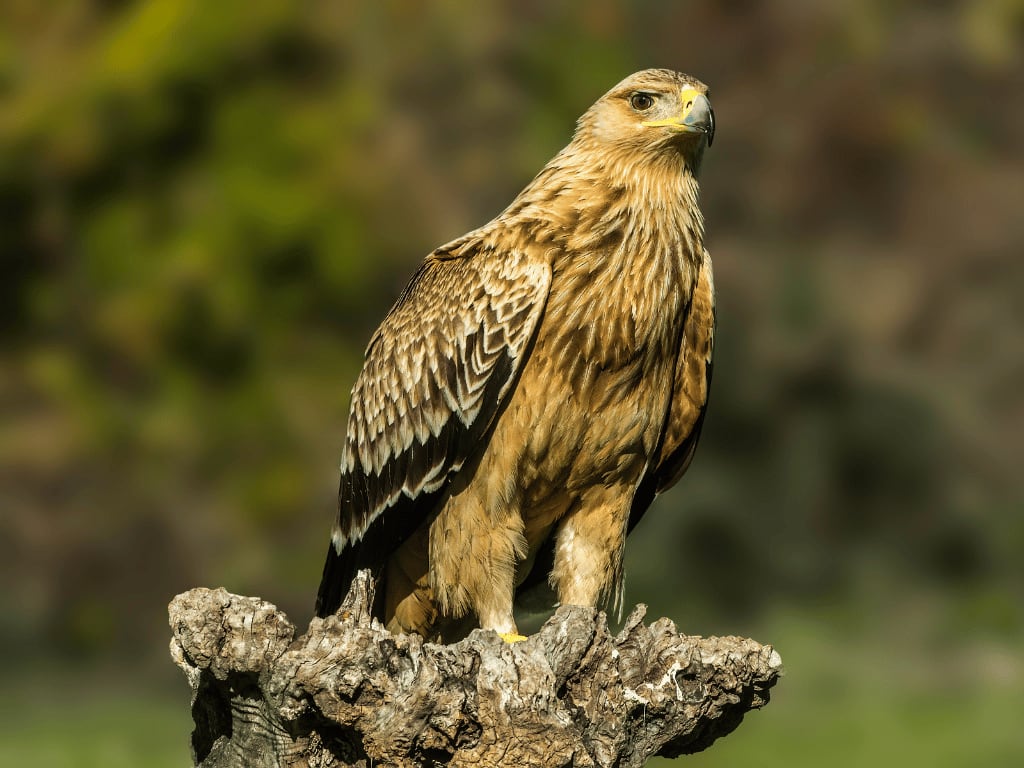
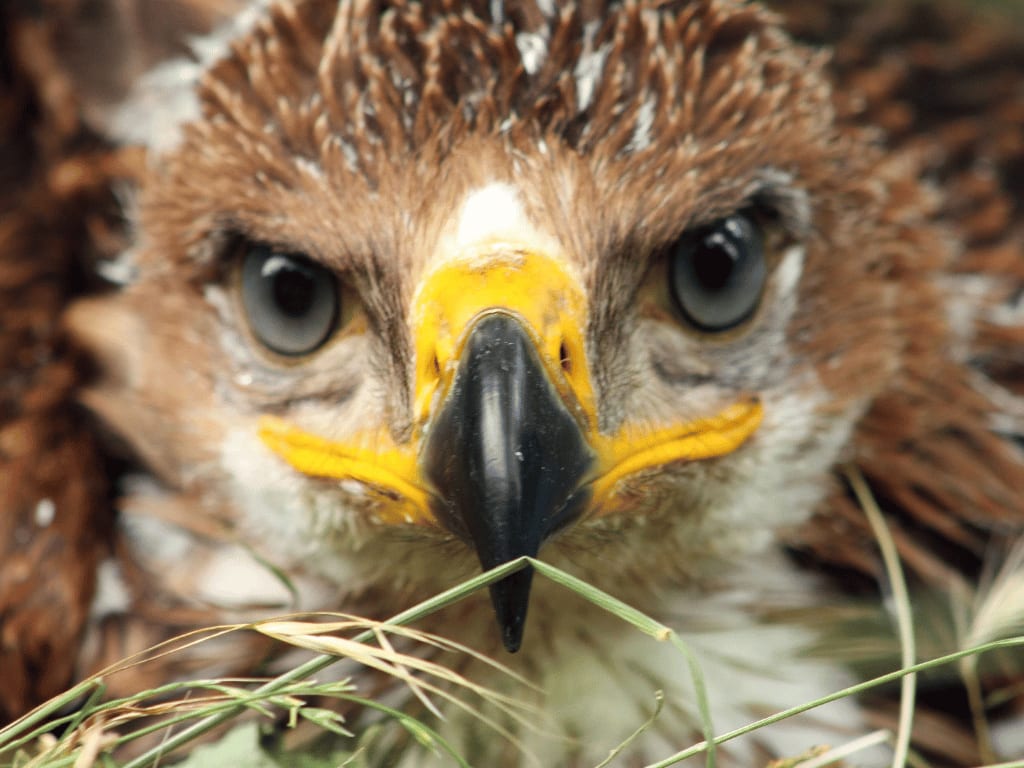
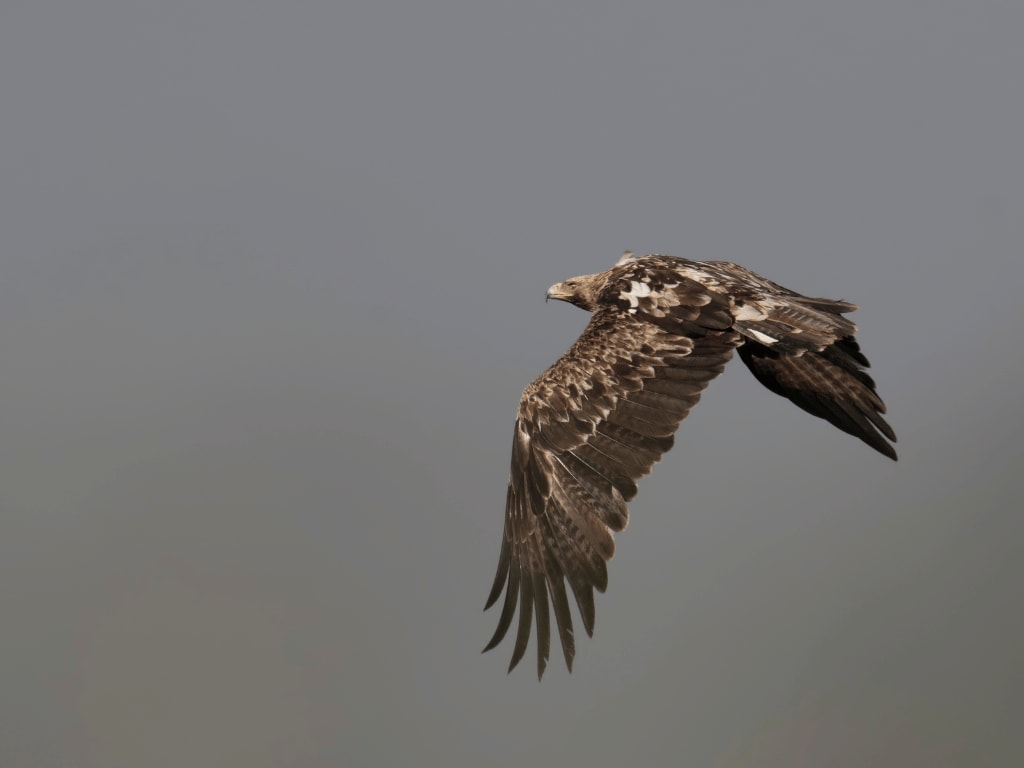
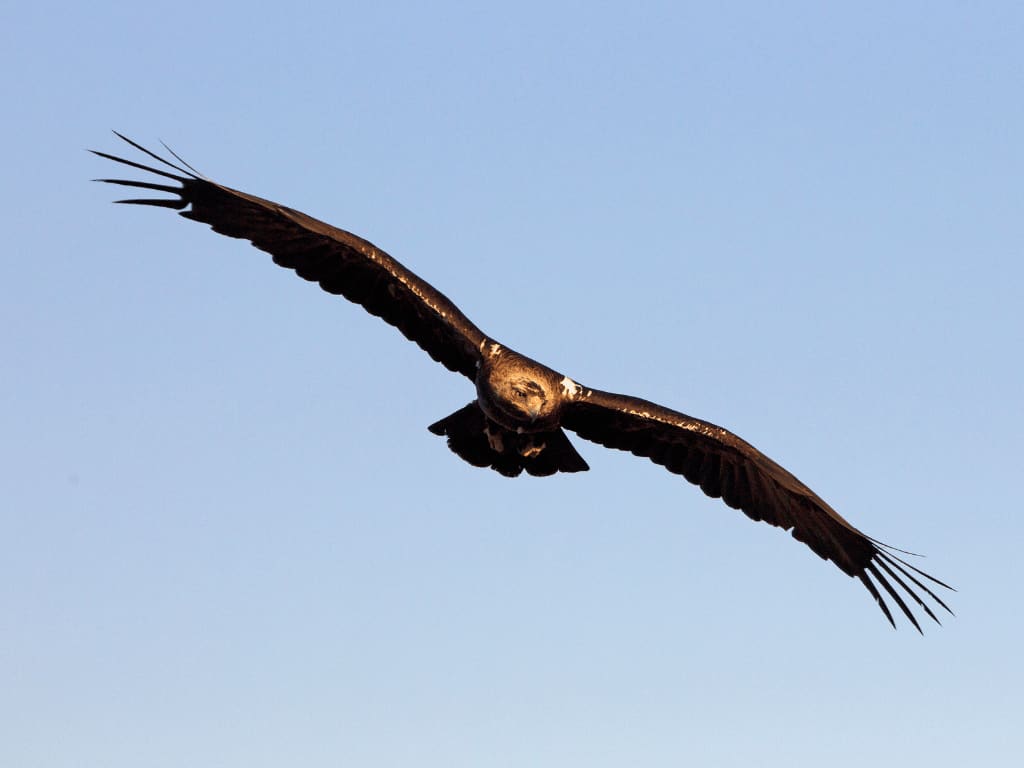
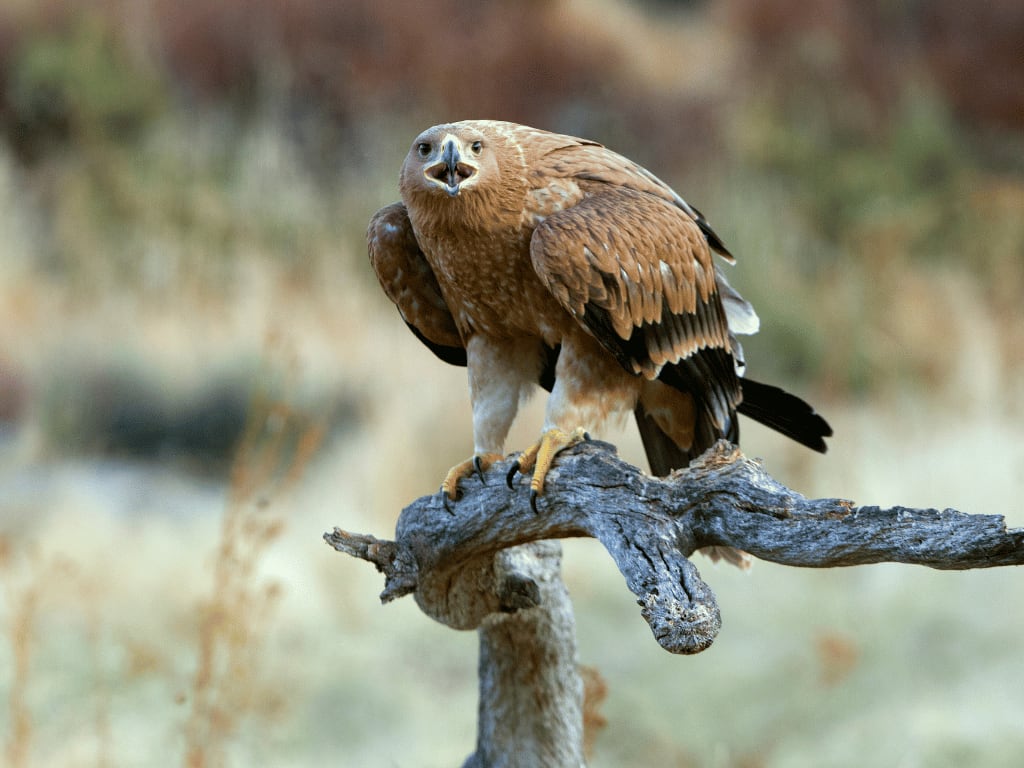
As you might see, this marvelous creature, the Imperial Eagle, is considered by Spaniards to be the National Bird of Spain. Amazing. Isn’t it? Let me know in the comments if you’ve seen it and how your experience was. We’ll be happy that you share this moment with us!



